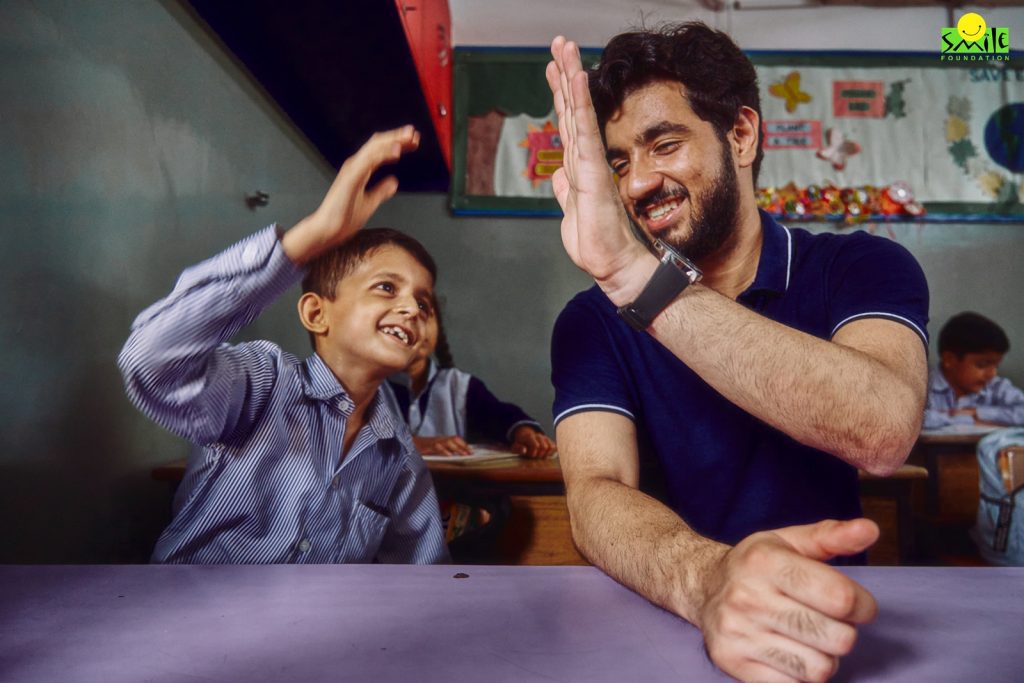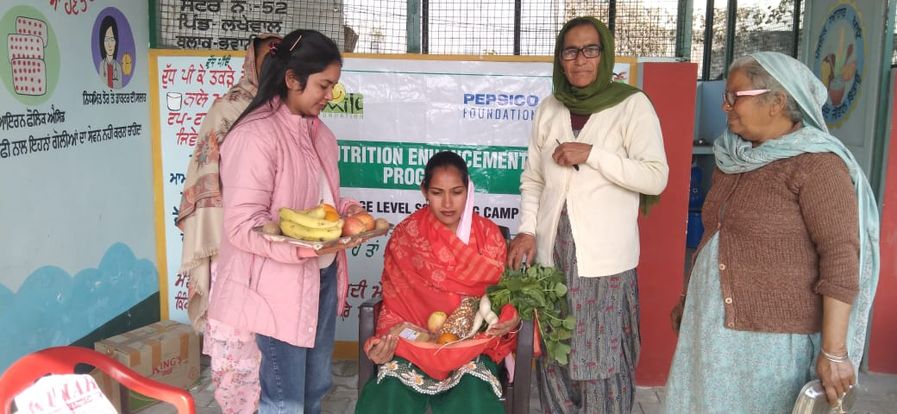In 2014, when Malala Yousafzai won the Nobel Prize for Peace, she was only 17-years-old. Her winning arguably the most prestigious prize in the world meant that everyone wanted to know her story.
Malala was already known around the world for her courage and determination; her fight for the education of girls while living under the threat of Taliban. Earlier, in 2013, a book on her life, titled ‘I Am Malala’, had shown everyone her struggle and passion for the cause she truly believed in.
More than one affirmative action
Years later, in 2021, another young girl, Greta Thunberg, captured everyone’s attention when she gave an emphatic speech at the United Nations Climate Change Conference in Glasgow. Earlier, Greta’s simple act of protesting outside her school in order to draw everyone’s attention towards the perils of climate change and the insufficient efforts being made to control it, led to a worldwide movement where young students came out on the streets and demanded that something should be done.
Both these examples tell us that if a person is truly passionate about something, and if they get the right support, there is a greater chance of turning that passion into an affirmative action. In both cases, the world leaders had to take notice of what these young activists were fighting for, and it influenced the policy decisions to a certain extent. This is exactly what affirmative action is. When policymakers design their policies in a way that they help the historically disadvantaged groups to come forward and grow, it is called affirmative action.
We have seen numerous such initiatives around the world and especially in India. When India became independent in 1947, the leaders had a massive task of nation building in front of them. They had to do this while making sure that the historically disadvantaged communities like those from certain caste groups, religion, or gender, were given an equal chance at growth in the young nation. To achieve this, the Indian constitution was designed keeping in mind the unique requirements of its many people. Over the decades, affirmative action in India has given us some impressive results. For example, the President of the country today is a woman from a tribal community.
Engaging the Young Minds
Policymaking is a difficult process. To be able to make effective policies, it is important that those responsible for it are aware of the unique needs and demands of the people they are creating these policies for. If policies are designed in isolation, without having an ear on the ground, it can lead to unintended consequences. One of the examples of such policymaking is a complete ban on alcohol sale in a particular region. It has often been observed that such an action leads to a thriving black market and puts people in greater danger as they sometimes opt for unsafe liquor which can also be life threatening.
Thus, it is extremely necessary that the policies are designed by engaging the people to a certain extent. Mahatma Gandhi had also imagined a similar kind of policymaking for India when he envisioned the Swaraj model for the country. So, what is the best way to achieve this? The answer is engagement with young citizens. The young, educated citizens are more likely to be passionate about bringing a change in and around their communities. They also have a higher incentive to work towards that change as it ensures an improvement in their lifestyles. At the same time, in many areas, it is the young people who are sometimes first-generation to receive a formal education. Therefore, they can act as a strong bridge to understand the needs of the communities.
Around the world
There are various examples of how the young minds are being engaged to work with government authorities and policymakers to bring a positive change. In India, there are a number of fellowship programs where young and passionate individuals are selected to work alongside ministers and administrative officers. Around the world, similar initiatives are becoming popular because of the promise they offer. One such example is UNICEF’s work in Tajikistan where it is empowering the young people to engage positively with local authorities in order to influence decision-making related to the issues that directly affect them.
Youth – the poster child of affirmative action
We are living in a rapidly changing world today with technology advancement like never seen before. At the same time, the challenges that we face are also unprecedented. Climate change is an elephant in the room that we all haven’t addressed properly yet. Then, there are existing challenges that are yet to be solved – like world hunger, gender equality, poverty, etc. We need human ingenuity and dedication to overcome these challenges. At the same time, we need brilliant minds who can come up with new-age solutions to these age-old problems. Leveraging technology to tackle these problems can be a game changer.
Therefore, what we need today is working directly with the young population which is passionate about the future. They are the ones living in the age of information. They are connected with the world at the tap of their fingertips. This generation can help us in moving forward if they are engaged positively. The state heads have also emphasized time and again the need of engaging the youth in nation building. Therefore, if we want truly effective affirmative action, we must get increasingly creative with the passion of the youth.
Smile and its story of affirmation
In 2002, a group of socially conscious friends came together with a shared vision inspired by Peter Senge’s philosophy. Recognizing that sustainability, social equality, and environmental preservation were not just societal issues but integral components of business, they embarked on a journey to make a tangible difference.
With Senge’s words echoing their sentiments, they established Smile Foundation. Rooted in the belief that collective action is essential for lasting change, Smile Foundation embodies Senge’s principles of organizational learning and systemic transformation. By addressing critical social challenges through innovative approaches, we continue to strive towards a future where every individual has the opportunity to thrive and socially conscious corporates partner with us in building a sustainable and equitable world.









